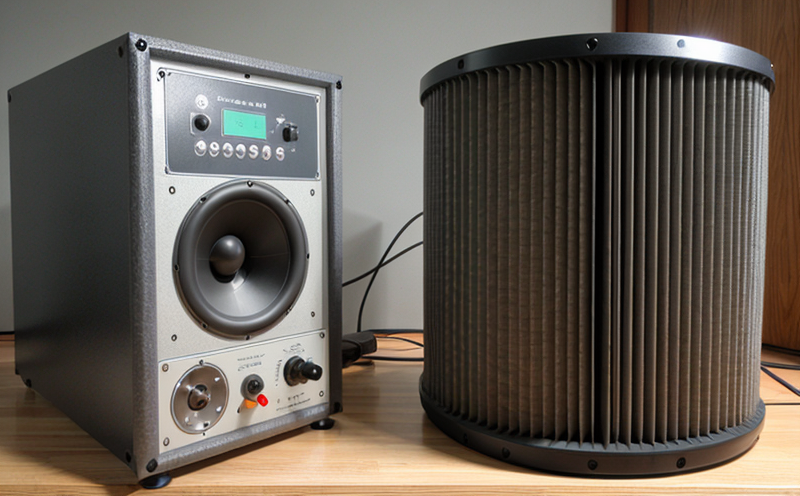IEC 61041 Vibration Severity Testing of Rotating Equipment
The IEC 61041 standard provides a framework for vibration severity testing, which is crucial in ensuring the reliability and performance of rotating equipment used in marine and shipboard environments. This service focuses on compliance with IEC 61041, a globally recognized standard that sets out guidelines for vibration monitoring and analysis.
The testing procedure involves the use of accelerometers to measure the vibration levels at various points on the rotating equipment. These measurements are then analyzed against the criteria specified in IEC 61041 to determine if the equipment is operating within acceptable limits. This process helps identify potential issues early, preventing costly failures and ensuring safe operations.
The rotating equipment tested under this service includes engines, generators, turbines, and other machinery that operates at high speeds. The testing ensures that these components meet the stringent vibration criteria set by IEC 61041, which is particularly important in marine environments where even minor vibrations can lead to significant structural damage over time.
The first step in this process involves preparing the equipment for testing. This includes ensuring that all connections are secure and that there is no external interference that could affect the accuracy of the measurements. Once the equipment is ready, a series of sensors are attached to key areas where vibrations are likely to occur. These sensors are calibrated according to IEC 61041 standards to ensure accurate readings.
The testing itself involves subjecting the equipment to various operating conditions that it would encounter in real-world scenarios. This includes simulating different loads, speeds, and environmental conditions. The data collected during this process is then analyzed using advanced software tools that can interpret the raw sensor data according to IEC 61041 criteria.
Once the analysis is complete, a detailed report is generated that provides insights into the vibration levels of the equipment. This report includes recommendations for any necessary maintenance or adjustments to ensure compliance with IEC 61041 standards. The report also highlights any areas where the equipment is exceeding the specified limits, allowing proactive measures to be taken before failures occur.
The benefits of this testing are numerous and significant. By adhering to IEC 61041 standards, you can ensure that your rotating equipment is operating at optimal levels, extending its lifespan and reducing maintenance costs. This testing also enhances safety by identifying potential risks early on. For quality managers and compliance officers, it provides peace of mind knowing that all relevant international standards are being met.
- Ensures compliance with IEC 61041 standards
- Identifies potential issues before they lead to failures
- Prolongs the lifespan of rotating equipment
- Reduces maintenance costs and downtime
- Enhances safety by identifying risks early on
- Provides detailed reports for informed decision-making
In conclusion, IEC 61041 vibration severity testing is a vital component of maintaining reliable rotating equipment in marine environments. By following this rigorous process and adhering to international standards, you can ensure that your equipment is operating at peak performance levels, enhancing both safety and efficiency.
Benefits
- Ensures compliance with IEC 61041 standards
- Identifies potential issues before they lead to failures
- Prolongs the lifespan of rotating equipment
- Reduces maintenance costs and downtime
- Enhances safety by identifying risks early on
- Provides detailed reports for informed decision-making
The benefits extend beyond mere compliance. By adhering to the stringent requirements of IEC 61041, you can ensure that your rotating equipment operates at optimal levels, thereby extending its lifespan and reducing maintenance costs. This proactive approach not only enhances safety but also contributes to more efficient operations.
Industry Applications
The IEC 61041 vibration severity testing is particularly applicable in sectors that rely heavily on rotating equipment, such as the marine and shipbuilding industry. In these environments, even minor vibrations can lead to significant structural damage over time. By adhering to this standard, you ensure that your equipment is operating within safe parameters, thereby enhancing both safety and efficiency.
- Marine & Ship Equipment Testing
- R&D for rotating machinery
- Compliance with international standards
- Quality assurance in manufacturing processes
The testing process is particularly beneficial in the marine and shipbuilding industry, where the reliability of rotating equipment is paramount. By ensuring that your equipment meets IEC 61041 standards, you can enhance safety, extend the lifespan of your equipment, and reduce maintenance costs.





